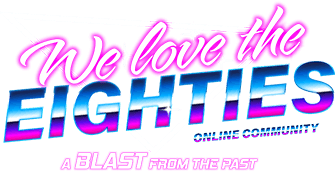Pete
Mr. Eighties
- Apr 29, 2023
- 13,644
- 559
This documentary, 48 Hours on Gang Street, takes viewers deep into the heart of South Central Los Angeles to explore the world of youth street gangs during the 1980s. The program spends time with members of the two largest gangs in Los Angeles, showing the struggles and the cycle of violence that trapped so many young people.










